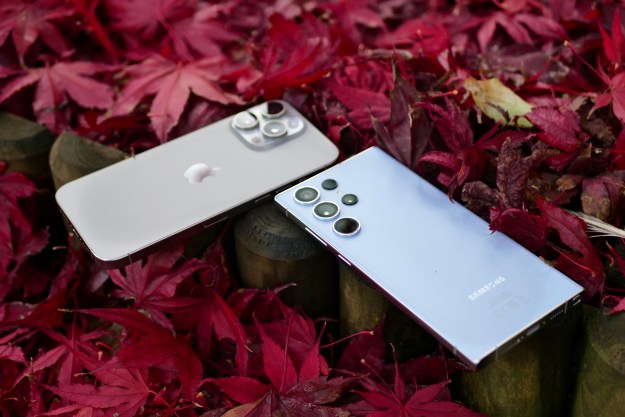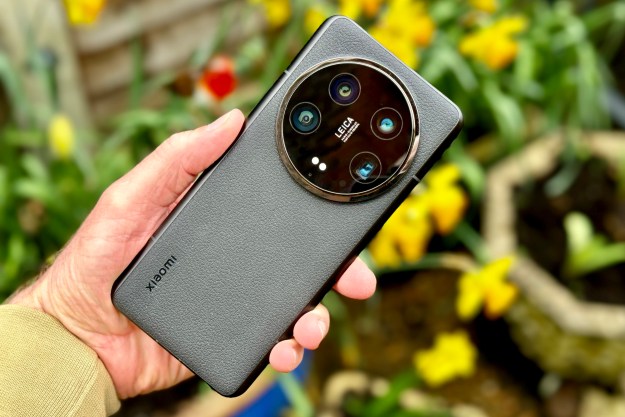
Nothing, the technology company started by OnePlus co-founder Carl Pei, is making me nervous. After releasing several excellent mobile products since its inception in 2021 — and really impressing me with its unique vision in the process — there is evidence it’s getting distracted.
While Nothing does seem to be having fun, which is great, I’m concerned the unexpected diversification of the Nothing brand may lead to negative repercussions on the one thing I love about it most.
Shirts and giggles?
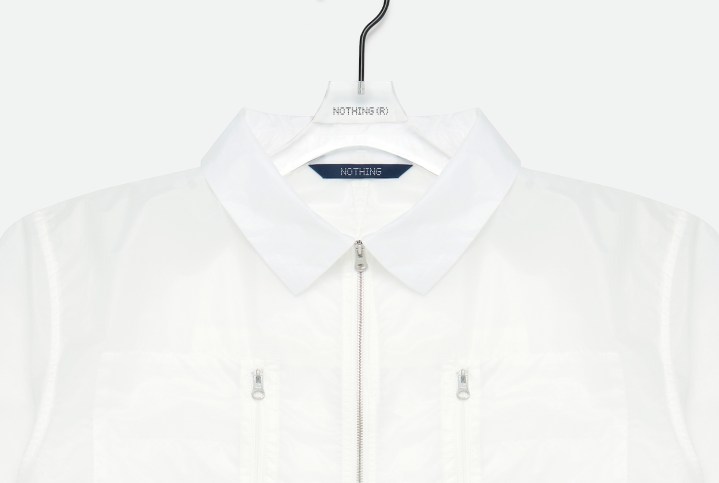
The Nothing Phone 2 is a brilliant smartphone, and its importance to the U.S. market, in particular, can’t be overstated. At its core, the Nothing Phone 2 is simply a good piece of mobile tech, but it’s also wrapped up in a body that stands out in the crowd and refreshingly goes in its own direction when it comes to the user interface and its design too.
Design is a big part of Nothing. The Nothing Ear 1 in-ear Bluetooth headphones’ unusual transparent casing set the tone for the brand, and its understanding of ergonomics and appreciation of simple beauty shone through in the Ear Stick headphones cool, twistable, cylindrical case. Whether it’s the fun yet useful lights on the back of the Nothing Phone 1 and Nothing Phone 2 or its quirky, retro dot-matrix style font, Nothing’s branding and product line have quickly become clear and instantly recognizable.
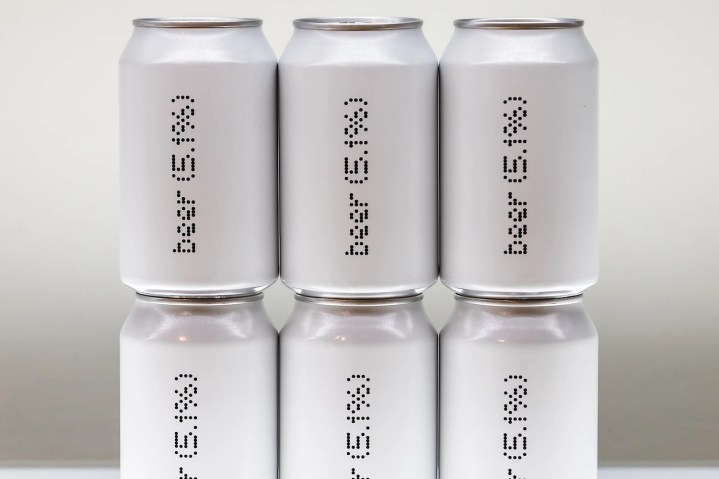
Until now, because Nothing’s next product isn’t tech-related at all. It’s clothing. Nothing Apparel will launch in the near future, and it’s described as a range of “wardrobe staples” consisting of coats, tracksuits, caps, backpacks, and more. Apparently inspired by its hardware, it supposedly brings Nothing’s design ethos to textiles, but there’s no mention of batteries, flashing lights, or tech at all. It appears to be some clothes.
Just before Nothing Apparel was announced, Nothing launched Nothing Beer. It doesn’t come in a Bluetooth-connected can, and it doesn’t have a QR code for an exclusive Nothing app that only works with Nothing phones; it’s simply a beer available in a pack of six. Or at least, it was, because the limited edition product sold out very quickly. While I’m sure it was a fun time working with the brewery, it really was an odd and entirely non-techy move.
Fun is good, to a point
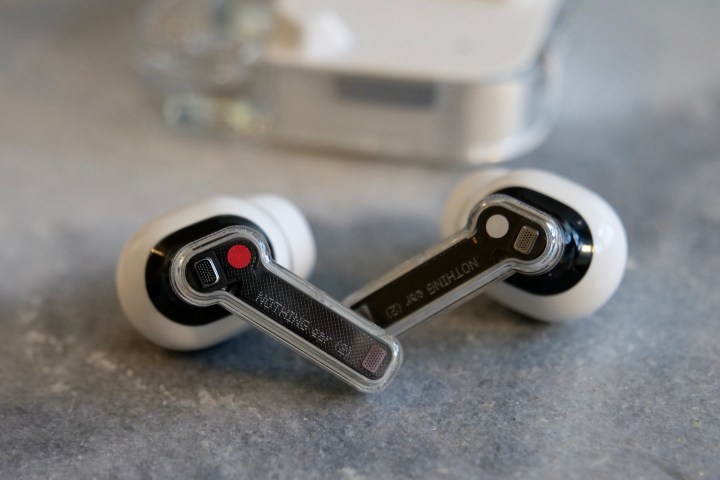
I’ll say at this point that I’m not a curmudgeon. I’m not suggesting fun should be banned, and I am not complaining about these launches or saying they shouldn’t have happened at all. I may not care about the beer, but I’m pretty sure I’ll be in the queue for a Nothing cap. Swag (because ultimately, that’s what all this is, whether it’s free or not) is also important to build brand awareness, something OnePlus also did well with its range of excellent backpacks and bags, plus some fun t-shirts I still have today.
But all these products really need to have something to do with the brand’s core business, which until now, I assumed was technology. Beer and shirts with zips on just don’t seem to have anything to do with tech or Nothing, outside of some loose connection with design or throwing some work in the direction of Teenage Engineering, the design house it has worked with on other projects already.
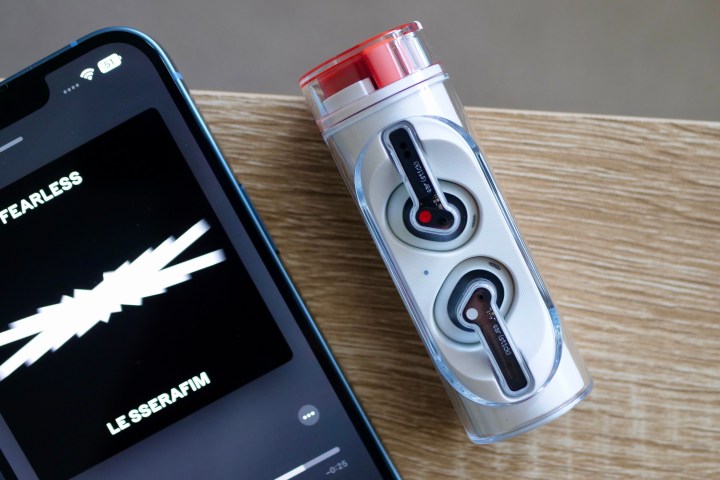
Launches like this mean there’s a real risk of brand dilution rather than brand building. It’s fine for YouTubers to have their “merch,” which I’m sure helps supplement income, but I can’t pick up a Samsung hoodie when I buy my Galaxy S23 Ultra or sip an exclusive Apple artisan coffee while choosing my Apple Watch Series 9. Looked at this way, clothes and beers align Nothing more closely with YouTubers than they do with its genuine industry competition.
What is Nothing, then? Is it a tech brand? A lifestyle brand? A brand throwing many things against the wall to see what sticks? The fact I’m asking this question at all means its recent choices are somewhat unusual and that perhaps the fun it is having isn’t doing its carefully curated and shockingly effective brand — which it has impressively built in double-quick time — much good.
Don’t lose sight of what makes you special
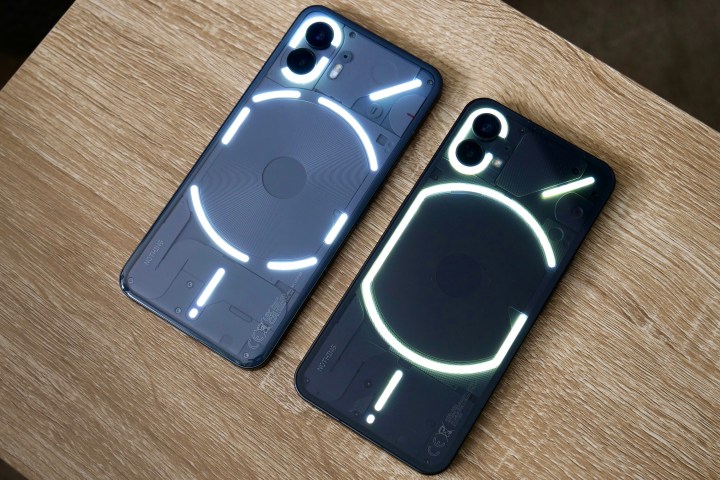
Nothing can launch what it likes, but there are two things I don’t want to happen. The first is I don’t want the tech brand to disappear in the process of diversifying. I’m concerned it’s happening already, as I am less aware of its CMF by Nothing sub-brand — which makes cheap earbuds and smartwatches — than I am of its beer and clothing, despite it having a whole lot more to do with tech and Nothing’s quickly established brand than either of them.
The second is far more of a worry. Nothing is still a young company, and making smartphones is a very expensive, time-intensive process. Spending time, effort, and resources on fun side projects really must not impact the development of future mobile hardware or its Nothing OS software.
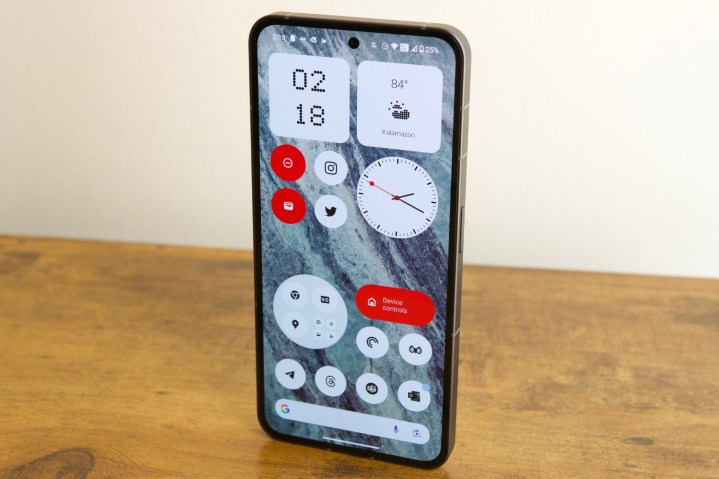
It’s the earbuds, phones, and software that give Nothing its appeal, and they need to be the company’s primary focus. It hasn’t happened yet, and Nothing has recently released version 2.5 of its phone software and a preview of what it’s doing with Android 14, so it’s not like the end times are near. It’s just an unexpected directional swerve so early in the firm’s life.
Nothing launched with a compelling mission statement, saying it was a tech company committed to making intuitive, flawlessly connected products with no confusing tech-speak or silly product names — and how it didn’t want to make things complicated. Beer and clothes are making things complicated and confusing, especially because they seem to be more than just casual marketing stunts. We could be witnessing the evolution of the Nothing brand, something it may need to do in order to survive in such a difficult industry, but I just hope it doesn’t forget to make and support fantastic smartphones, headphones, and other tech products in any attempt to secure its future.
Editors' Recommendations
- I can’t wait for Nothing to launch this stunning phone
- 5 phones you should buy instead of the Google Pixel 8
- This one thing could make iOS 18 the best iPhone update in years
- Motorola’s new Android phone looks amazing, but there’s a catch
- An Android phone you haven’t heard of just won the charging game


